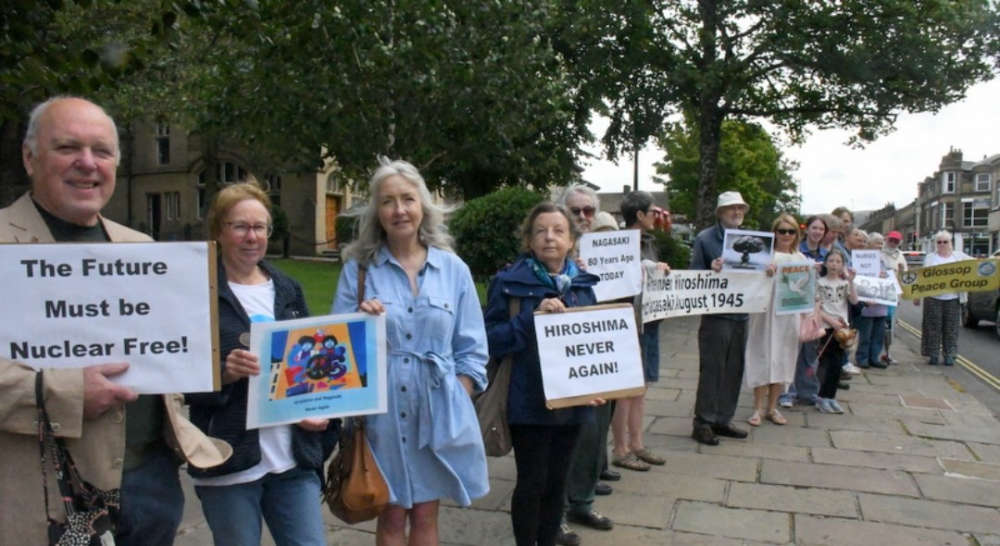
Members of Glossop Peace Group and High Peak Against Racism have gathered in Norfolk Square to remember the victims of the atomic bombing in Nagasaki.
The nuclear bomb was dropped on the city 80 years ago, on 9th August, exploding above the city and killing 70,000 people.
In August 1945 nuclear bombs were dropped on the cities of Hiroshima and Nagasaki in Japan, killing between 100,000 and 200,000 people initially. The bombs were not necessary to end the war as the Japanese Government was already prepared to surrender. As US President Eisenhower said, “It was not necessary to hit them with that awful thing.”
There are very few survivors left alive now in Hiroshima and Nagasaki, but those who are continue to campaign for a nuclear free world. Last year the organisation which represents them was awarded the Nobel Peace Prize.
The campaigners believe that the war in Ukraine brings us closer to the use of nuclear weapons than we have been for many years, and that the rapid escalation could destroy much of life on Earth.
“Presidents Reagan and Gorbachev declared forty years ago that nuclear war cannot be won and must never be fought.” explains Glossop Peace Group co-ordinator Linda Walker. “And yet, nuclear armed states like ours continue to develop new nuclear weapons and discuss strategies for nuclear war fighting. The vast majority of countries do not have or want nuclear weapons, and we join them in urging our Government to sign the UN Treaty prohibiting these weapons of mass destruction.”
So far 94 countries have signed the UN Treaty on the Prohibition of Nuclear Weapons. The UK has not done so, stating that it does not align with the UK's approach to nuclear deterrence under the Nuclear Non-Proliferation Treaty (NPT) framework.
During their campaign in Glossop, members of the group gave paper cranes to children and leaflets to their parents explaining the significance of the crane as a symbol of peace from Hiroshima.
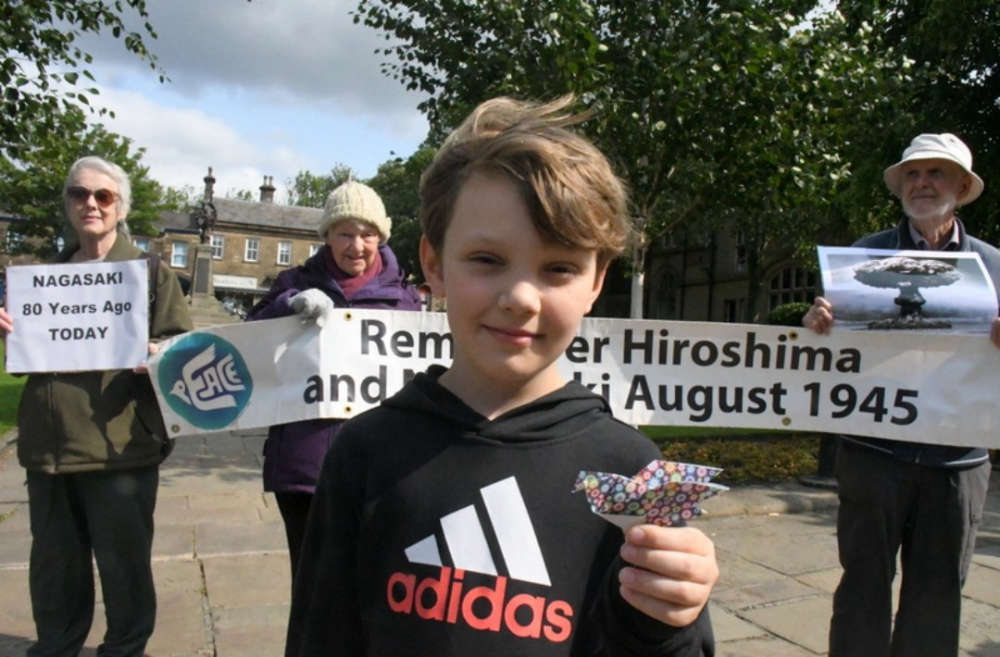
Linda explains: “Sadako was two years old when the atomic bomb was dropped on Hiroshima. A mile from the epicentre, she was blown out of the window by the blast but was unhurt.
“At 10 years old Sadako developed leukaemia. Two years later she was told that she didn’t have long to live. She knew there was a legend that anyone who folded 1,000 paper cranes could have their wish granted, so she began folding any bits of paper she could get hold of. Sadako did manage to fold over 1,000 cranes before she died, and her friends and family covered her with them when she was buried.
There are statues dedicated to her in the Memorial Park in Hiroshima and in the Peace Park in Seattle. Every year in August they are draped with paper cranes and people remember all who have suffered because of nuclear weapons.”
You can contact the group at: glossoppeacegroup@gmail.com


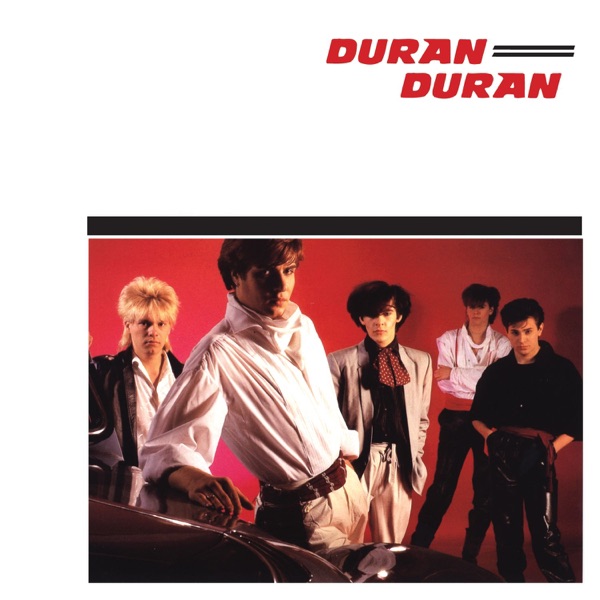
 NHS staff brass band spreads festive cheer at Tameside Hospital
NHS staff brass band spreads festive cheer at Tameside Hospital
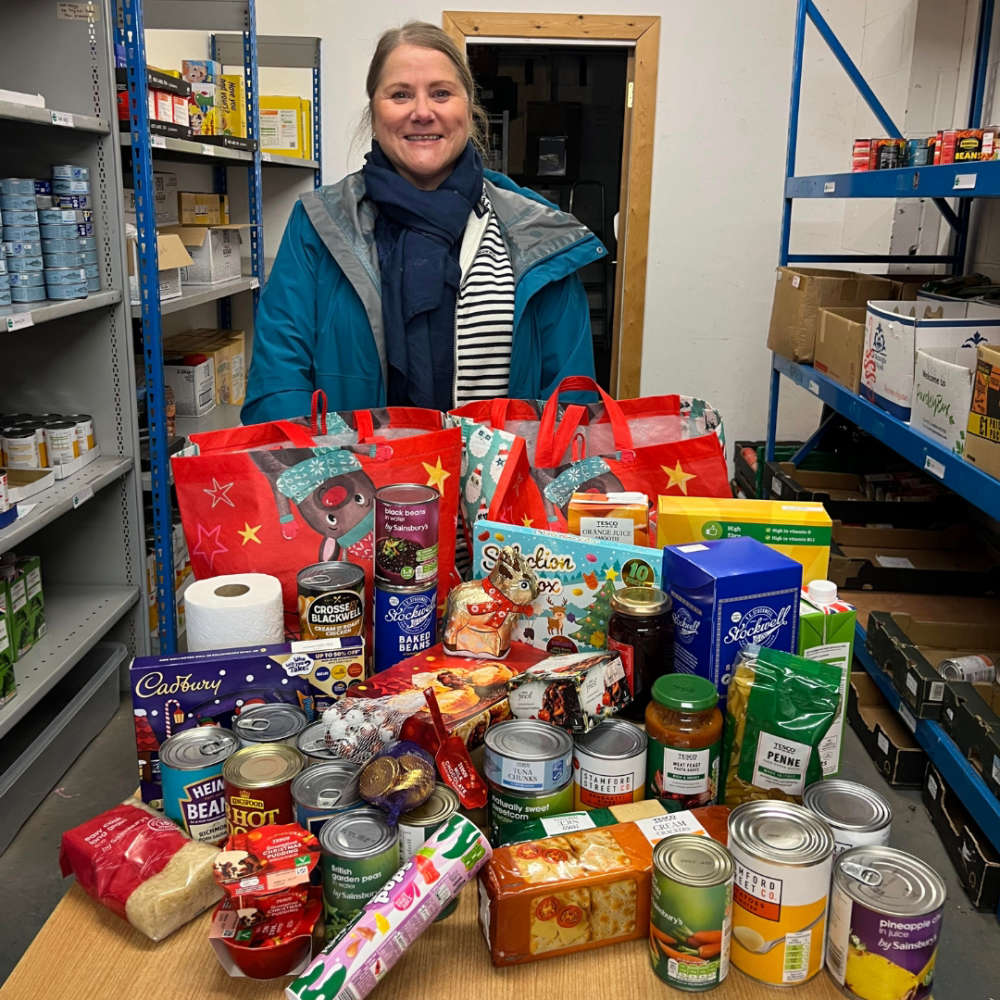 A new chapter at Glossopdale Foodbank
A new chapter at Glossopdale Foodbank
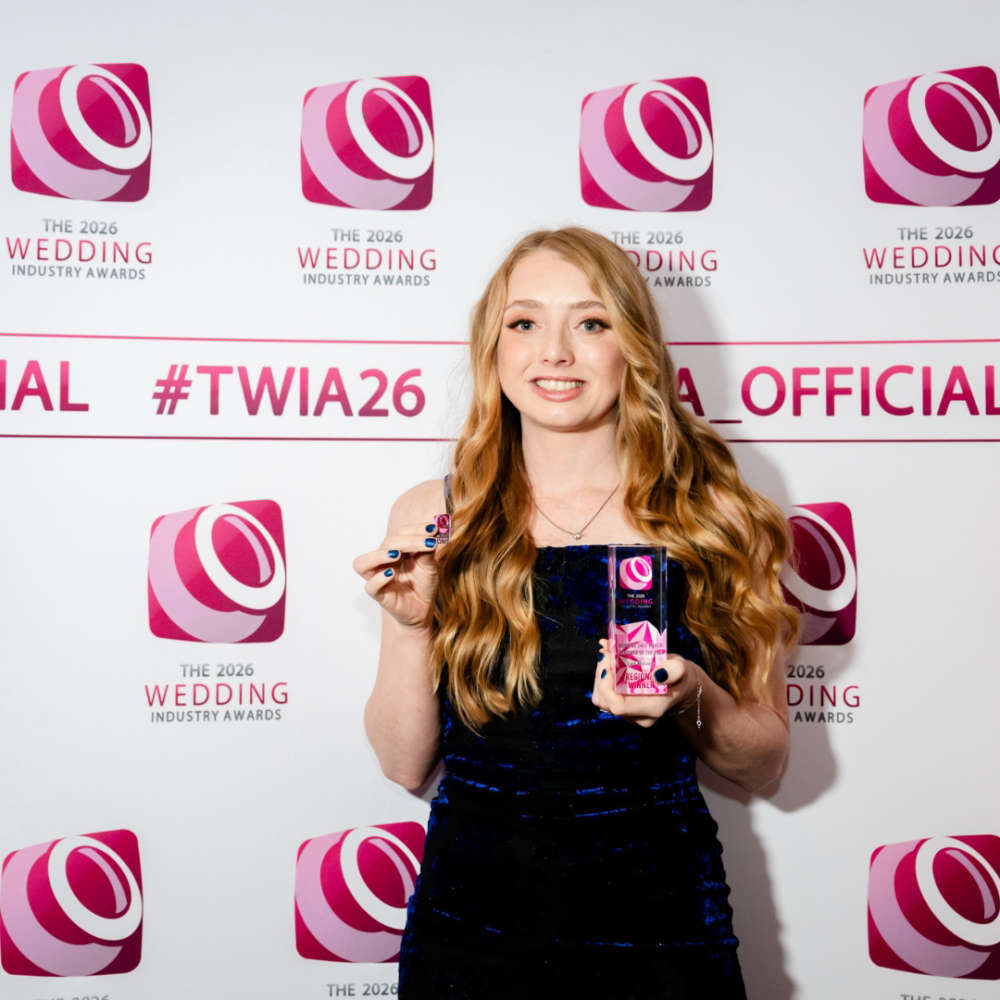 Sweet success: Cakes by Lucy wins prestigious wedding award
Sweet success: Cakes by Lucy wins prestigious wedding award
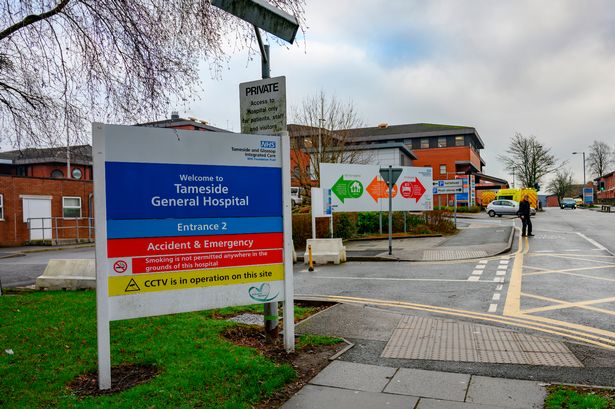 HIV testing programme launches at Tameside Hospital
HIV testing programme launches at Tameside Hospital

